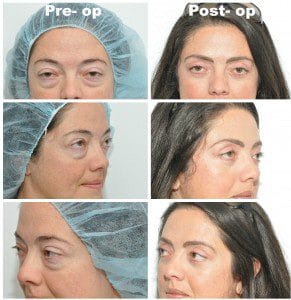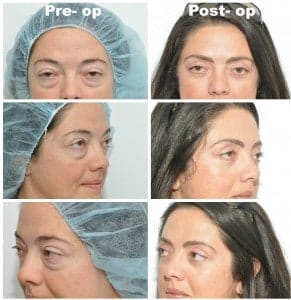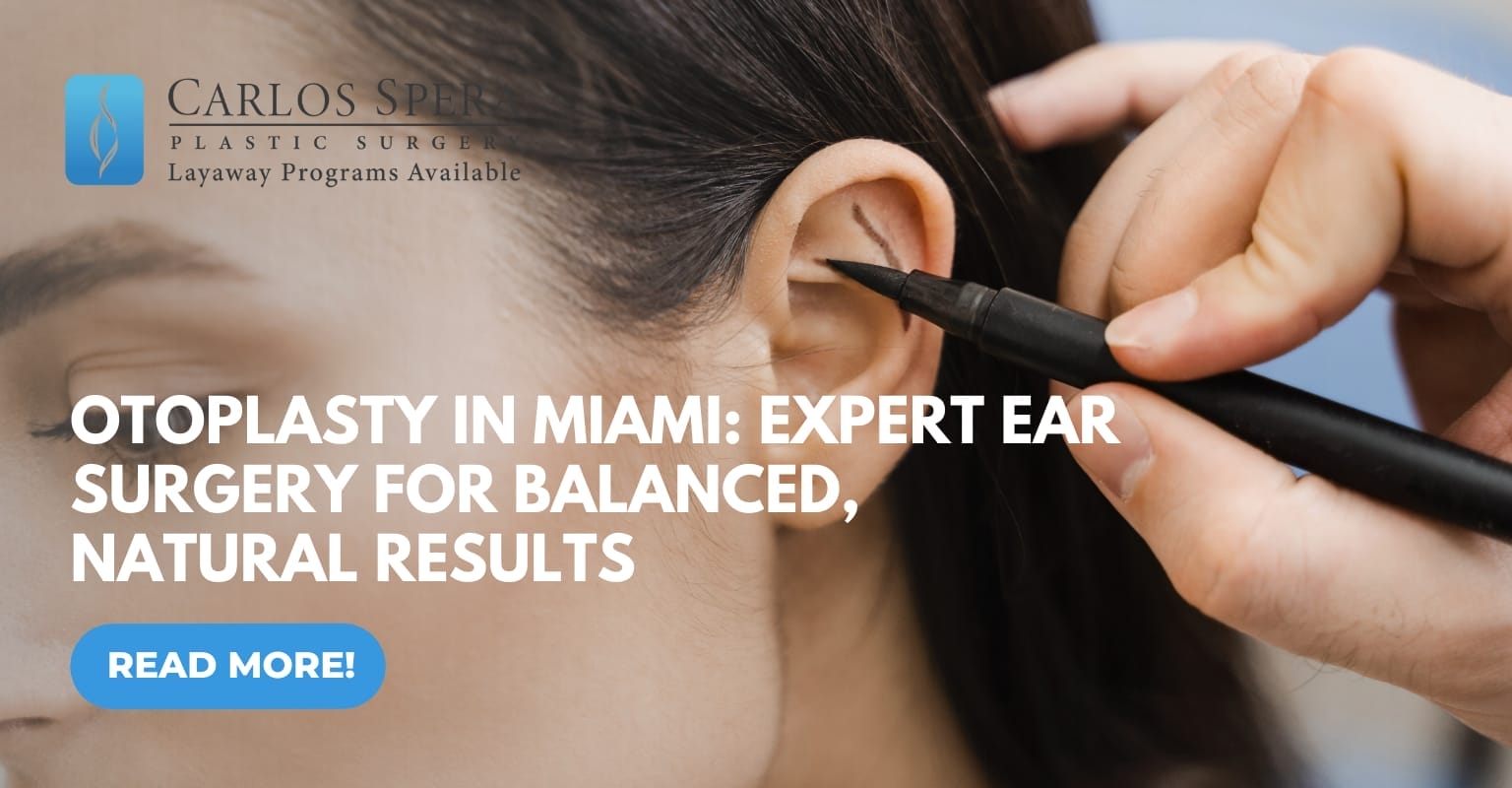Surgery of the eyelids is very important to rejuvenate and/or correct deformities with wh
ich patients present in this area. The eyelids are one of the most important aesthetic areas of the face; it is where people always first glance when looking at another person. The deformities and the aging of this area can appear at different ages, depending on the patient’s genetics. Some people present with deformities early in life; some inherit family traits. Other patients show herniation of the fat around the eyes as well as skin excess, mostly related to aging and chronological age. Many surgeries have b
een designed in order to correct these problems. Basically the idea is to remove the herniated fat bags from the upper and lower eyelids in addition to removing the skin excess from both of these structures. It is a very delicate surgery; neither too much skin nor too much fat should be removed. Overdoing this surgery, or performing this surgery incorrectly can result in complications that are very difficult, sometimes even impossible, to correct. One of the most common problems with these surgeries, if they are performed incorrectly, is the change of the shape of the patient’s eyelid aperture. It is frequently seen that the lower eyelid, mainly at the corners, is pulled down, and the patient has greater exposure of the white part of the eye (sclera, in medical terms).
This deformity is called “scleral show,” and is what makes the patient’s gaze look “weird,” and the shape of the eye goes from being an oval slit to a round eye. We must also not forget that removal of excessive skin from the upper eyelid can lead to dry eye secondary to the patient’s inability to keep the eye closed at night, when the muscles are relaxed. As we said, different surgeries can be performed to correct these deformities. The patient that we exhibit in this presentation underwent one
of the most modern approaches for lower eyelid surgery. The fat bags have been removed by everting the eyelid and performing removal of the fat from inside, which is called, in medical terms, transconjunctival periorbital fat pad removal. The excess of skin was done then from the outside, and in that way the skin was tight to the new shape of the lower eyelid and finished with an inconspicuous scar located very close to the lower eyelashes. On the upper eyelids, the excess fat is removed, and a new fold is created in the proper location, giving greater exposure of the tarsal plate, which is the area above the eyelashes on the upper eyelid, so that patients can wear makeup easily and also the scar is hidden by the fold when the eyes are open, being completely inconspicuous. The healing from this surge
ry might take between 4-15 days. This patient’s pictures were taken 2 months after the surgery and, as you can see, the results have been excellent.








